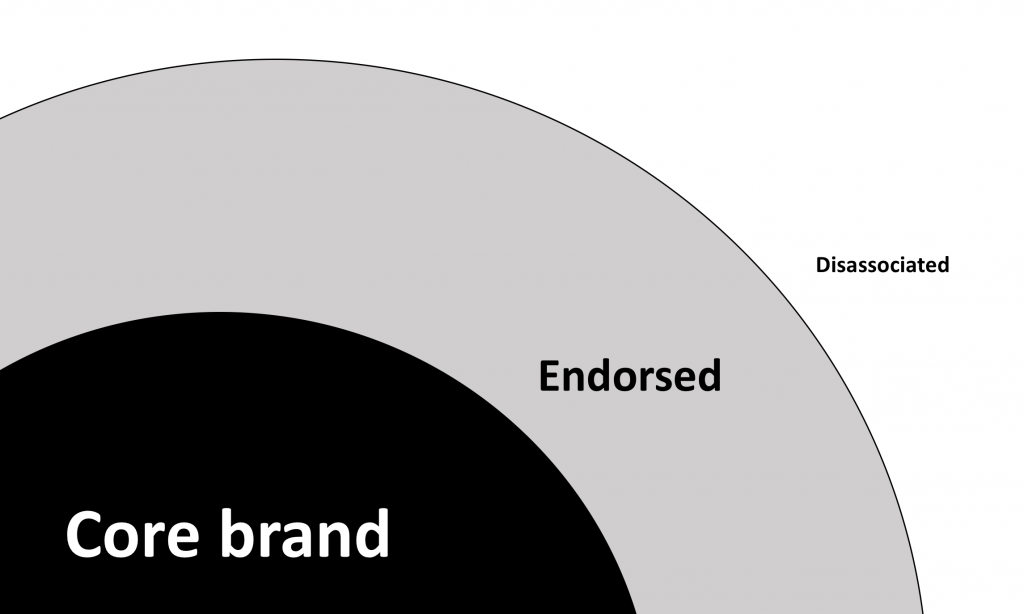CD1: on EMBL’s brand
The word “brand” has become a common word in our daily language, but it is used in different contexts with different meanings. The word has its origin in ranching, when branding marks were seared into an animal’s skin to identify its owner. Television and print advertising saw the word being used more broadly and branding has now come to denote all the features that can distinguish an organisation or product as distinct from its rivals.
There are different types of brands, and the type that EMBL chooses to be will affect almost all levels of its communications.
Broadly, there are several types of brands, f.e.:
- Master brands (e.g. Porsche: very strictly controlled)
- Umbrella, or disassociate brands (e.g. Unilever: sub brands are stronger).
- Endorsed brands (e.g. “intel inside”, “powered by”).
The effect of EMBL choosing one or the other exclusively would be very different. We recognise that there are instances where both ends of the brand spectrum need to be expressed for different entities.
We want to move to a situation where the relationships between brand types is clearly mapped and that brandable visual elements of the organisation have clear rules for where they lie on a simple brand map, which could be like this one:

If we start at the core, we would like to establish what it means for an entity (group, product, or event, for instance) to lie within that, and to establish rules and guidelines for this.
Being within the endorsed layer, we would relax these guidelines somewhat and allow room for differentiation, and cohabitation with other brands.
Being at the disassociated layer we might just have a hint of EMBL to it.
For example, services are part of the core mission of the organisation but currently they exist at the outer ‘disassociated’ layer of our brand map. The net effect of this is that many users of these services will be unaware that they are supported by EMBL (perhaps even what EMBL is), and will not know the full breadth of services on offer by EMBL.
How should we approach this objective of creating a brand map for EMBL? We kick off our first sprint for the corporate design today. Corporate design sprint one – or CD1 – will concentrate on the brand architecture and thus define a clear framework for the visual branding, the corporate design.